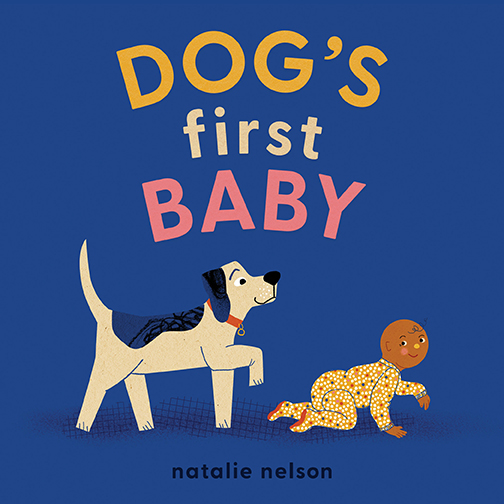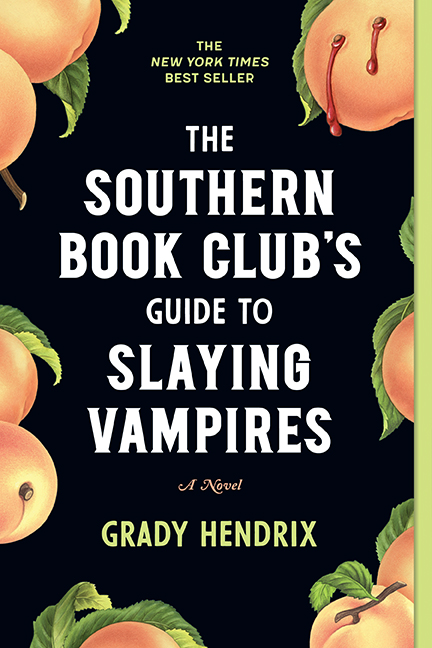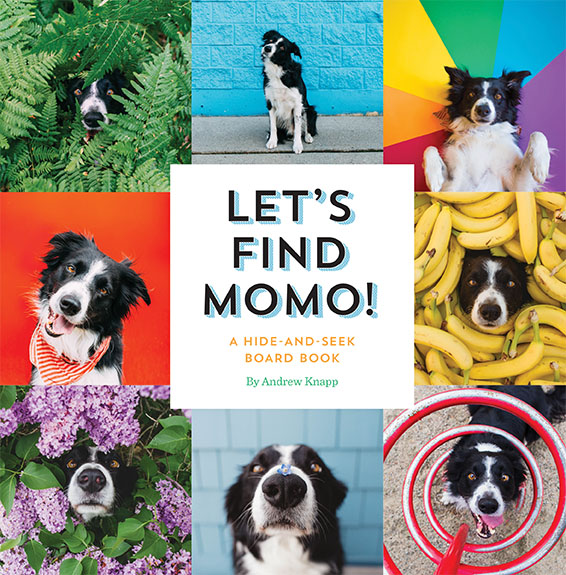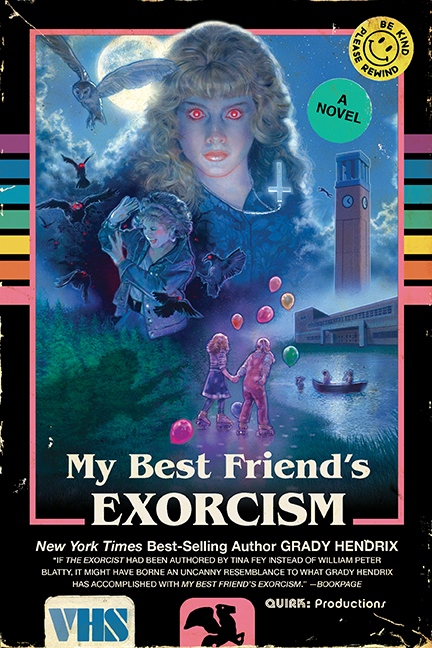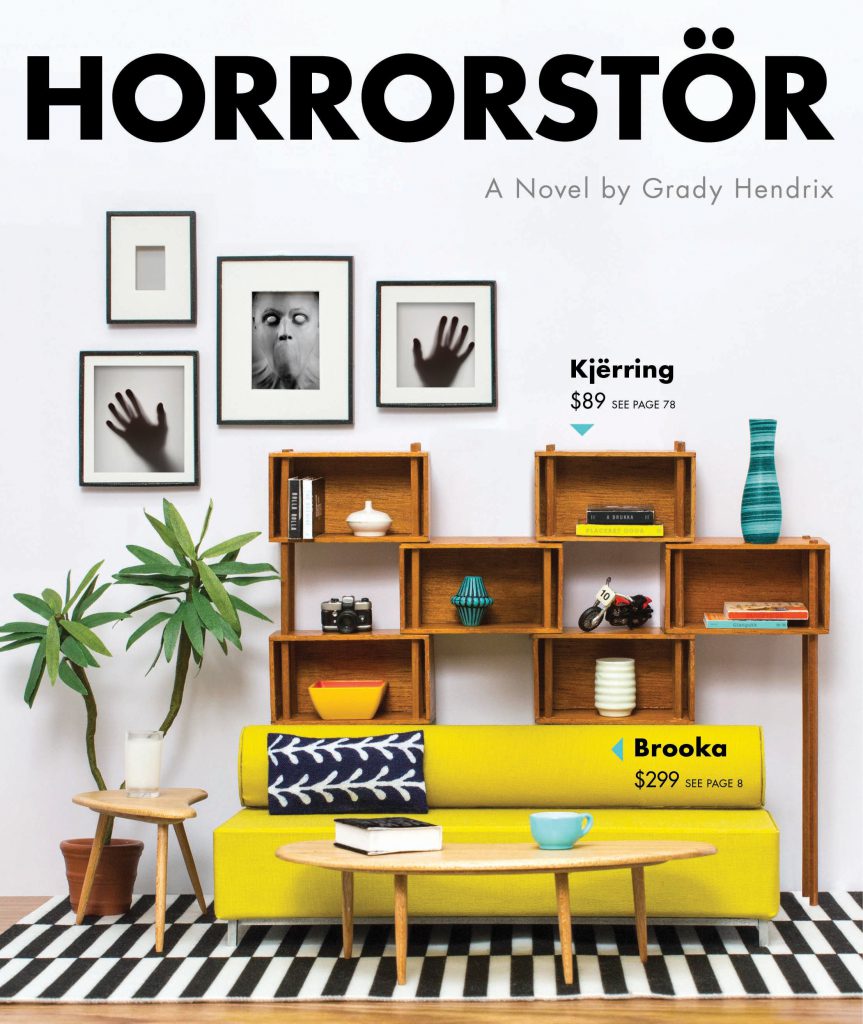Our Blog
Five of My Favorite Shakespeare Books
Happy birthday, Will!
Shakespeare turns 448 years old today. What better way to celebrate the Bard’s birth than with one of these excellent books?
Posted by Jennifer Adams
Celebrate Charlotte Bronte’s Birthday, Watch (Or Read!) Jane Eyre
Here at Quirk, we like our classic literary mash-ups. But we like the original classics too. Happy birthday to Charlotte Bronte (April 21, 1816), who more than one hundred and fifty years ago wrote a bang-up tale of orphans, ghosts, betrayal, and all-consuming love featuring one of the most independent, kickass heroines in all literature.
If you haven’t read Jane Eyre lately, it’s time to pull it off the shelf and give it a go. It’s good. Really good. In fact, it’s better every time you read it. But if you’re not up for quite that big of a time investment, try one of these movie versions of Jane Eyre instead:

Mia Wasikowska (Albert Nobbs and Alice in Wonderland) and Michael Fassbender (Inglourious Basterds, Shame, 300), are impressive as actors and might garner great attention, but when acting together there’s no sexual tension.
In fact, if you don’t already know the story, it’s hard to see why this young Jane would fall in love with this master of the house. When you want Jane to go off to Africa with St. John, you know something is wrong!

Anna Paquin makes a bold young Jane and Helen Burns at Lowood School is beautifully played. This version is worth watching for its arresting cinematography and interesting interpretation. But William Hurt is perhaps a bit too mild to make a convincing Rochester and this Jane may be a little too plain.
Posted by Jennifer Adams
National Broetry Month: Now I Assume That Everyone Named Harry Is a Wizard
It’s time for another poem from Brian McGackin’s Broetry!
Last week, we tackled the beginnings of the universe. This week, it made sense to feature something almost as important: Harry Potter.
This poem tackles the male desire for sex, the female desire to share emotional intimacy, the universal human need for companionship, and the prospect of dressing up as witches and wizards to attend midnight book release parties. Also, I can personally attest to the fact that this poem is true to life: I did the exact same thing to my boyfriend.
Posted by Courtney Daniels
Workplace Wednesday: Cubicle Courtesy
In honor of Workplace Conflict Awareness Month, we’re posting excerpts from Caroline Tiger’s How To Behave: A Guide to Modern Manners. In How To Behave, Caroline dedicates an entire chapter to office etiquette. It’s my hope that these bits of wisdom, posted every Wednesday this month, will help you to alleviate the conflict in your workplace.
Last week we talked about how to deal with the Overripe Office Refridgerator, and the week before, it was Photocopier Etiquette. Today, Caroline teaches you some valuable lessons in Cubicle Courtesy.
Posted by Eric Smith
Wearable Books: A Treat for Your Inner English Major
Charms by Melissa Oesch
One of my favorite things about wearable mini-books is that I get to use leather journals as jewelry without being a pretentious twit about it.
That was the habit when I was 18 and a freshman English major: using such things as self-adornment, as an insecure suburban teen trying desperately to look intellectual and literary is wont to do. I leaned toward unadorned leather journals in which I earnestly wrote bad prose and worse poetry in a very public manner. Why, yes, I believe there were kreteks involved.
Even though I’ve given up the poetry (you’re welcome) and have switched to writing bad prose on a laptop, I still have a soft spot for the accoutrements of the newly minted English major which is indulged by these Etsy shops. Check them out.

These mini-book necklaces by Philadelphia’s Margaux and Walter Kent at Peg and Awl are a callback to those more fanciful days.

The Kents hand make each piece using reclaimed leathers from sources such as vintage sofas and antique doctors’ bags.
Posted by Lisa Fary
In Honor of Arbor Day: Top Five Green Friendly Characters in Comic Books
There are a multitude of reasons why we, as human beings, should be grateful to the trees. Oftentimes, we drive past them in a hurry to get where we are going, not taking a moment to pause and consider what it is that they give us. Trees provide us with oxygen, food and even the paper that the books we love are printed on.
With Arbor Day (April 27th) in mind, I’ve listed my top five green-friendly characters in comic books. Whether they are strictly friendly to plants and hostile to others, or comprised entirely OF plants, these are the most eco-conscious (whether they mean to be or not) characters in comics.
Swamp Thing (Swamp Thing, Pictured Above): Poor Alec Holland is just a mild mannered scientist, attempting to help the world grow some new vegetation. After a bomb explodes in his lab, Holland finds himself flaming and covered in his own formula. He shambles toward the Louisiana swamp only to fall into the water, dead.
Moments later, a walking plant creature that thinks itself to be Holland emerges from the swamp. With a plethora of plant based powers, Swamp Thing becomes the swamp’s protector.
Black Tom Cassidy (The X-Men): Thomas “Black Tom” Cassidy is the proverbial bad apple. Cousin of Banshee, Black Tom has the power to focus energy through a wooden shillelagh. This ability allows him to create concussive blasts to knock his enemies for a loop.
Over time, Tom’s powers continue to evolve, allowing him to become a half plant, half human creature, thus making him nearly impossible to destroy.

Mervyn “Merv” Pumpkinhead (The Sandman): In a world filled with gods and monsters, heroes and villains, Merv is just your every day Joe, that is, of course, forgetting the fact that he has a pumpkin for a head.
The always put-upon Merv works as the janitor of the Dreaming. In a place where almost anything is possible, Merv functions well as a grounding voice. With a cigarette hanging out of the jagged gash in his pumpkin head, Merv is always ready with a sarcastic remark.
{C}
{C}
Posted by David Winnick
